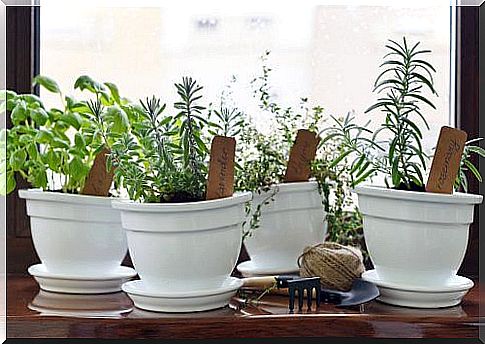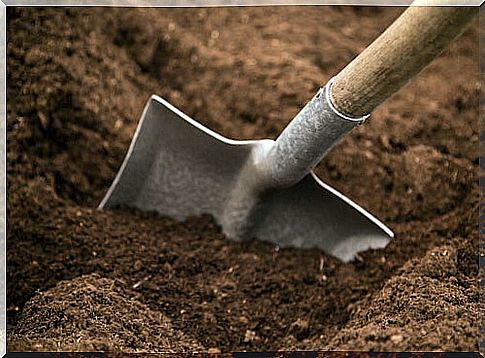Create Your Own Herb Garden
The best places to grow herbs are the kitchen and a corner of the garden near the kitchen that is not directly exposed to possible gusts of wind.

Growing aromatic plants at home is a brilliant idea. They are both cold and heat resistant, and they do not need a soil very rich in nutrients to grow and last over time.
They will, moreover, contribute to creating a beautiful atmosphere in your home thanks to their exquisite scents and their beauty.
To cultivate them, it is not necessary to have a very large extension of land, nor to invest a lot of money.
On the other hand, it is important to choose an area of the garden that is appropriate for each plant. It will be responsible for the color of the plant, its texture and even its fragrance.
If you are planning to grow your own favorite herbs and herbs, here you’ll find everything you need to know before you take action.
Choose a suitable location

It is very important to know how to choose the space suitable for growing these plants.
This place must be as far as possible from sources of contamination, ie streets and avenues with heavy traffic.
The sun for aromatic plants
Sun exposure is vital for the growth of some plants. Some of them need several hours of sunlight a day, while others need to be in the shade all the time.
That is why you need to choose a location that is suitable for the different plants you have, so that all of them get the right amount of light or shade.
You can set up your plantation at any time of the year, although it is recommended to avoid extremely hot days.
Wind
These plants are truly resistant to extreme climates, both hot and cold. However, make sure to protect them from very strong winds.
The space chosen must be a cool place where air circulates, but protected from any aggressive gusts of wind.
By choosing a suitable location, your plants will be sufficiently protected from possible extreme winds and cold.
Soil for aromatic plants
Most of these plants can live normally and flower in nutrient poor soils. However, it is essential that they have good drainage, as they are sensitive to excess water.
When creating your plantation, it is necessary to dig a hole of at least 25 centimeters.
If the soil does not contain enough nutrients, it is possible to use organic fertilizers suitable for your soil type.
1. Sandy soil

Sandy soil is very dry, so it’s important to provide it with nutrients that help it retain moisture. You can use :
- mulch
- peat
- earthworm humus
- manure
2. Clay soil
Unlike sandy soil, clay soil contains too much water, which delays the process of plant growth, and can even damage the plantation.
It is therefore important to use a good organic fertilizer which promotes drainage.
You can use washed sand to balance the texture of the clay, allowing air to circulate through the roots.
3. Mulch or mulching
Creating this type of soil brings a lot of benefits to the plants.
This is a process of covering the soil with compost, gravel, and pine bark just before creating the plantation.
Thanks to this technique, the soil retains its moisture. The plants will then need less watering, and weed growth will decrease.
When will the aromatic plants be ready?

You have to harvest the aromatic plants at the right time. We speak of “balsamic time”.
Balsamic time corresponds to the period when the plant has the greatest amount of essential oils, nutritional properties and a strong fragrance.
It will depend on many factors such as the age and time of harvest.
The time varies depending on the plant. Here are some indications:
- March – caper
- April – dandelion
- May – sorrel, chamomile, parsley
- June – wild mallow, sage, thyme, tarragon
- July – bay leaf, basil, lavender, cumin, mint, oregano, mustard
- August – onion, garlic, basil, cilantro, marjoram, parsley, celery
- September – calendula, caper, dill
- October – juniper, wild mauve
- November – laurel









